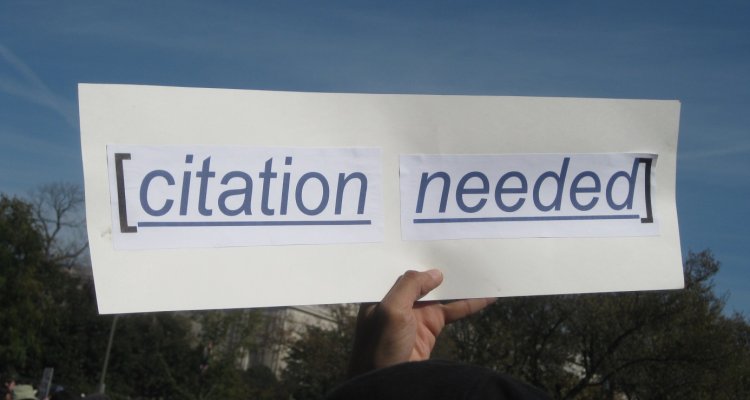
Citing and plagiarism
Learn how and why you should acknowledge the sources you used in your work.
Why cite and refer?
By citing and referencing, you:
- distinguish your ideas and findings from those of others;
- give the authors of your sources credit for their work;
- allow readers to locate and verify your sources;
- support your arguments and ideas;
- avoid plagiarism (see below).
How to cite and refer?
To acknowledge the sources you used in you work, you insert in-text citations and you provide a reference list in a chosen citation style.
Citation styles
There are many different styles for in-text citations and reference lists. Two commonly used citation styles are Harvard style for various disciplines, and American Psychological Association (APA) for Psychology. Consult the citation guide of your chosen style to find details on how to cite.
Wageningen University & Research has no regulations on citation styles. When you publish, you will find that journals often have their own citation formats that you need to follow.
If you cannot access the original work
When you research, you should always try to read the original work, known as the primary source. If you cannot access the primary source, you must cite the secondary source. This is the source that cites the primary source. You must then cite the original work as contained in the secondary source. For the in-text citation, you include both the original and the secondary source (e.g., Habermehl, 1985 as cited in Kersten, 1987). Most author-date citation styles only require the secondary source in the reference list. In the example that’s Kersten, 1987. With the numbered style, both sources may be included. Always check the citation guide for guidelines.
Plagiarism
Plagiarism means that you present a work or part of a work clearly without acknowledging the source. This can be using another’s work without a citation, or using your own work without citing yourself (‘self-plagiarism’). Plagiarism is considered a serious academic offence, and Wageningen University & Research performs plagiarism checks on student assignments. Most scientific journals also use plagiarism detection software. To avoid plagiarism, you must cite any text, idea, image, or data that is not your own. Our e-learning module 'cite and reference your information sources' provides more details on when you need to cite a source.
Tip: use a reference manager
You can use a reference management tool to create in-text citations and reference lists in your Word documents. The library supports the use of the tools EndNote and Mendeley by giving short demonstrations and courses, and by answering any questions you may have on these tools.